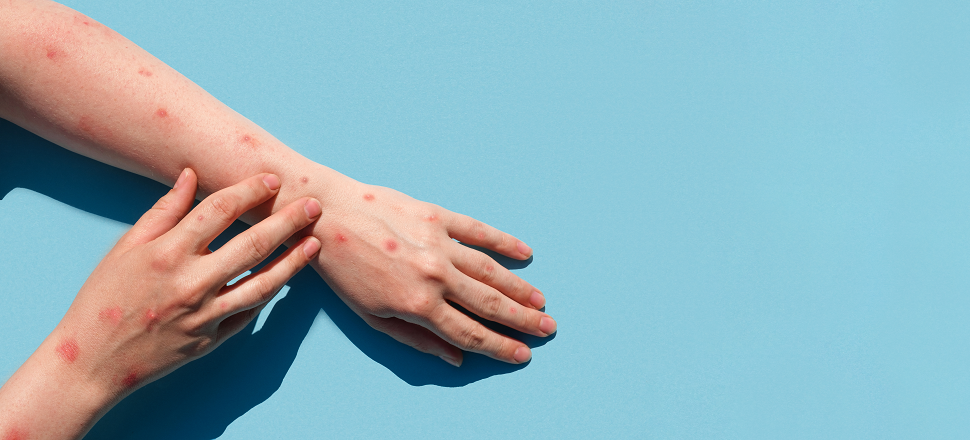Monkeypox (MPX) Declared a Communicable Disease Incident of National Significance
The Australian Chief Medical Officer has declared Monkeypox (MPX) a Communicable Disease Incident of National Significance on Thursday 28 July.

In Australia, there have been 44 cases – the majority of which have been within returned international travellers. MPX’s rash and flu-like symptoms are relatively mild, and in most cases, resolve themselves within two to four weeks without the need for specific treatments.
Most cases of MPX in Australia have been among people aged 21 to 40 years. The experience internationally and in Australia to date is most cases have been among gay, bisexual and other men who have sex with men.
Although MPX is not usually considered a sexually transmissible infection, physical contact with an infected person during sexual intercourse carries a significant risk of transmission and intimate physical contact such as hugging, kissing and sexual activities represent a risk of infection, with infectious skin sores being the likely mode of transmission.
The rash usually occurs on the face before spreading to other parts of the body, including the palms of the hands and the soles of the feet. However, in this outbreak it is being seen especially on the genital and perianal regions of affected people.
The rash can vary from person to person and take on the appearance of pimples, blisters or sores. The flu-like symptoms often include fever, chills, body aches, headaches, swollen lymph nodes and tiredness.
Resources
The Australian Technical Advisory Group on Immunisation (ATAGI) have released clinical guidance on the use of smallpox vaccine for protection against MPX virus protection
The Department of Health have also released MPX treatment guidelines in addition to other information and resources for health professionals.



